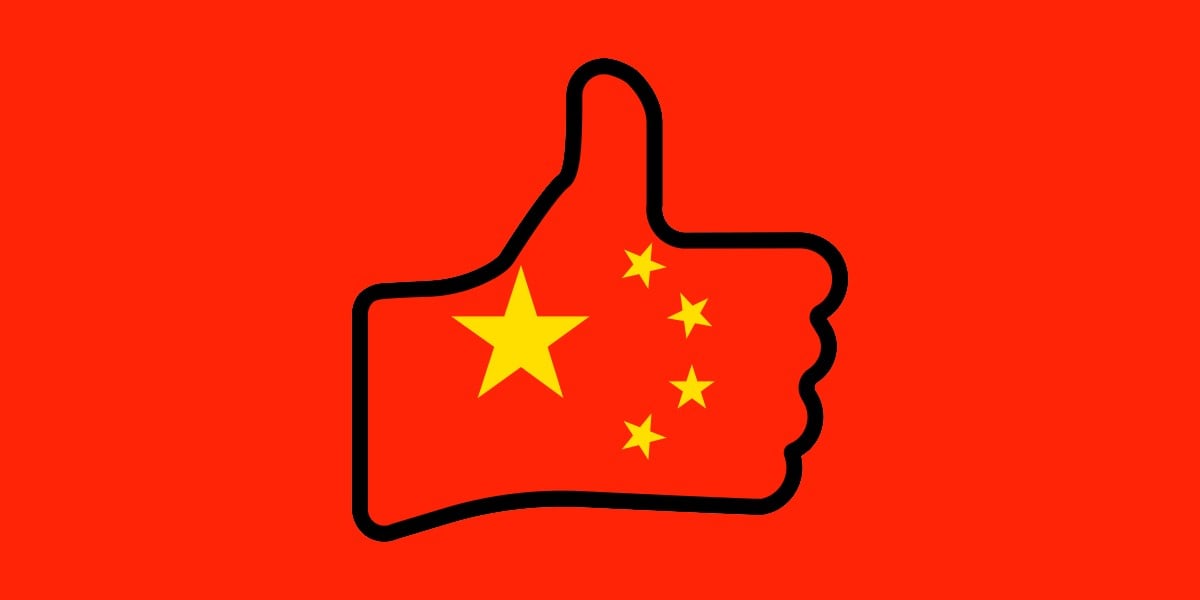BOOK THIS SPACE FOR AD
ARTICLE ADChina has asserted that the Volt Typhoon gang, which Five Eyes nations accuse of being a Beijing-backed attacker that targets critical infrastructure, was in fact made up by the US intelligence community.
The nation's National Computer Virus Emergency Response Center, National Engineering Laboratory for Computer Virus Prevention Technology, and infosec vendor 360 Digital Security Group last week published a report [PDF] on Vault Typhoon titled "<Lie to me/>: A secret Disinformation Campaign targeting US Congress and Taxpayers conducted by US Government agencies."
That title probably tells you plenty of what you need to know about the report, which goes on to claim that everything you have read about Volt Typhoon is the result of a misinformation campaign planned and executed by the NSA, the FBI, and the Departments of Justice, Defence, Homeland Security, and Energy.
Intelligence agencies from the other Five Eyes nations – Australia, Canada, New Zealand and the UK – chimed in.
Infosec providers were manipulated – presumably so they found fake evidence of Volt Typhoon's activities and then published material about it.
The object of the campaign was to secure re-authorization of the US's controversial Section 702 warrantless surveillance regime.
The real victims, therefore, were the American people – as Section 702 allows warrantless surveillance of some communications sent by some citizens.
Such invasions of privacy are obviously offensive to China, where all citizens' communications are always subject to warrantless surveillance.
China's Volt Typhoon spies broke into emergency network of 'large' US city China creates 'Information Support Force' to improve networked defence capabilities FBI: Give us warrantless Section 702 snooping powers – or China wins Cybercrime crew Magnet Goblin bursts onto the scene exploiting Ivanti holesRead the rest if you want: it tells a tale of how FBI director Christopher "Wary" – a delicious mis-spelling of his actual surname, Wray – gave a speech on April 18 in which he mentioned Volt Typhoon compromising critical infrastructure operators in the US.
Wray, for what it is worth, had earlier labelled Section 702 as the US's best defense against Chinese hacking groups.
In China's telling, Wray's April speech was propaganda, the media fell for it, the body politic all decided Beijing is doing nasty things in cyberspace, and opposition to the extension of Section 702 melted away.
But the document's clever authors saw through the plot. Their take on the speech notes inconsistencies in Wray's remarks that offer clues to the vast conspiracy.
Sadly, the theory advanced in the document does not include lizard people, magic bullets, or fake Moon landings.
The document concludes with a warning to peaceful nations of the world that Section 702's existence, and extension, is evidence that the US is an aggressive global hegemon and an "Empire of Hacking" intent on keeping China down.
If the phrase "Empire of Hacking" seems familiar, it's because the authors of this piece have already used it to describe US activities revealed in Wikileaks' 2017 "Vault 7" infodump that revealed the CIA has developed tools to attack common operating systems.
As you would expect any intelligence agency to do in this digital age. ®
.png)
 4 months ago
29
4 months ago
29 














 Bengali (Bangladesh) ·
Bengali (Bangladesh) ·  English (United States) ·
English (United States) ·